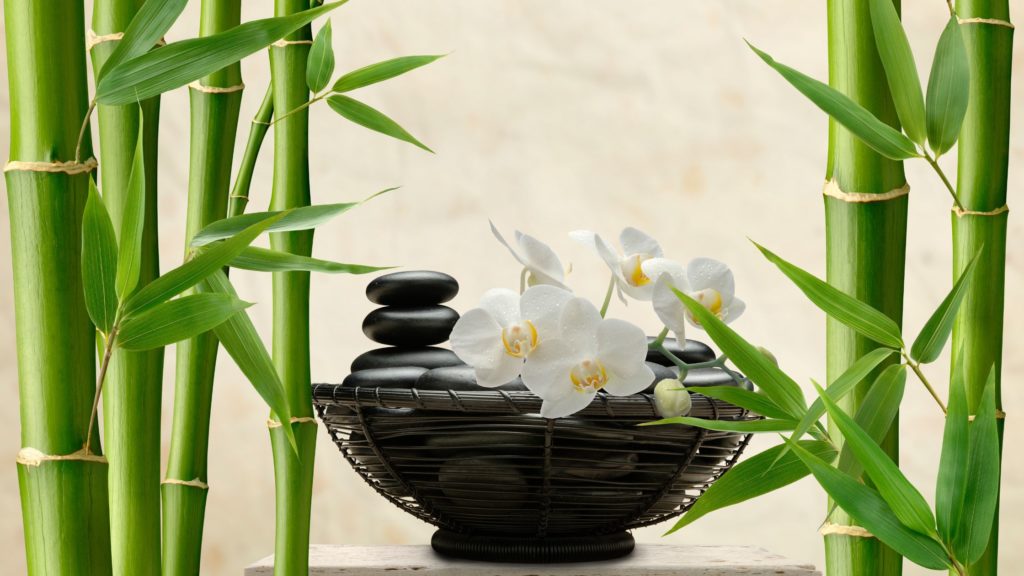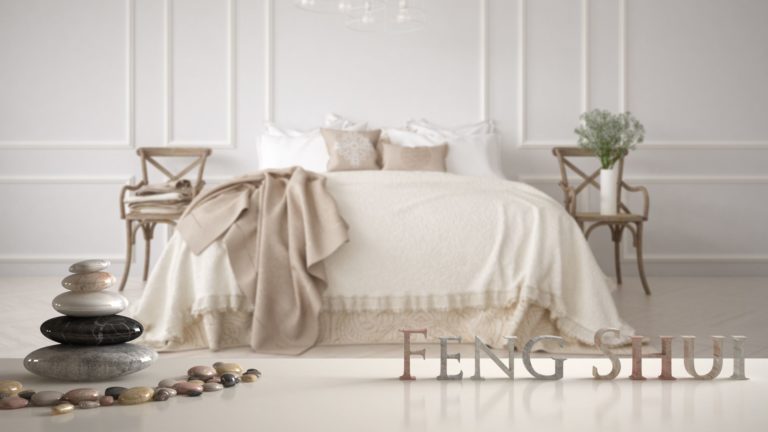In the bustling modern world, the quest for balance and harmony often leads us to explore age-old practices that have stood the test of time. One such practice that has gained global popularity for its ability to bring equilibrium to living spaces is Feng Shui. Rooted in ancient Chinese wisdom, Feng Shui is the art of arranging one’s environment to enhance the flow of energy, or “Qi,” and create a harmonious atmosphere. Let’s delve into the principles of Feng Shui and discover how you can apply them to harmonize your home.
Understanding the Basics of Feng Shui
At its core, Feng Shui is about achieving a balance between the five elements—wood, fire, earth, metal, and water. These elements represent different aspects of life and, when properly balanced, contribute to a harmonious living environment. The Bagua map, an essential tool in Feng Shui, divides a space into nine zones, each corresponding to a specific area of life, such as wealth, career, love, and creativity.
1. Decluttering: Clearing the Path for Positive Energy
One of the foundational principles of Feng Shui is decluttering. In Chinese philosophy, clutter represents stagnant energy that can disrupt the flow of Qi. Begin by removing unnecessary items and organizing your space. Keep pathways clear to allow energy to circulate freely. A clutter-free environment not only enhances the energy in your home but also creates a sense of calm and order.
2. The Command Position: Empowering Your Living Space
In Feng Shui, the command position refers to the placement of the most important piece of furniture in a room. Typically, this is the position farthest from the entrance, with a clear view of the door. Placing your bed, desk, or sofa in the command position empowers you with a sense of security and control. It allows you to see who enters the room while providing a commanding view of the space.

3. Balancing Yin and Yang: Embracing Dualities
The concept of Yin and Yang is fundamental to Feng Shui. Yin represents receptivity, stillness, and femininity, while Yang symbolizes activity, brightness, and masculinity. Achieving a balance between Yin and Yang is crucial for harmonizing your living space. Introduce both elements through a mix of colors, textures, and shapes. For instance, combine soft fabrics with sleek surfaces or incorporate warm lighting into a brightly lit room.
4. Harmonizing Colors: Tapping into the Energy of Hues
Colors play a pivotal role in Feng Shui, each associated with specific elements and energies. Earthy tones like beige and brown enhance stability and nourishment in the home, while blues and greens represent the water element, promoting tranquility and abundance. Experiment with colors that resonate with the energy you wish to cultivate in each room, aligning them with the corresponding areas on the Bagua map.
5. Bringing Nature Indoors: Infusing Life Energy
Incorporate elements of nature into your home to invite positive energy. Plants, flowers, and natural materials like wood and stone connect your living space to the Earth’s life force. Choose plants with rounded leaves, as they are believed to bring good fortune. Be mindful of the balance, avoiding overloading your space with too many plants, which can lead to an imbalance of elements.
6. Mindful Lighting: Illuminating Positive Energy
Lighting is a powerful tool in Feng Shui, influencing the flow of energy in a space. Natural light is ideal, so maximize the use of windows and opt for sheer curtains that allow sunlight to filter in. Soft, ambient lighting creates a cozy and inviting atmosphere, while adjustable lighting fixtures provide flexibility to adapt to different activities throughout the day.
7. Reflective Surfaces: Expanding the Flow of Energy
Mirrors are significant in Feng Shui as they amplify and expand energy. Strategically placing mirrors can enhance the flow of Qi, making rooms feel more spacious and vibrant. However, be mindful of what the mirror reflects; avoid placing them directly opposite the entrance, as they may bounce energy right back out.
8. Personalized Symbols: Cultivating Positive Intentions
Integrate symbols and objects that hold personal significance or carry positive energy for you. These could be cultural symbols, artwork, or items that evoke feelings of joy and inspiration. Surround yourself with elements that resonate with your aspirations and intentions, turning your living space into a reflection of your unique journey.
9. Integrating Feng Shui in Home Design: Building with Harmony
Explore the incorporation of Feng Shui principles in the design and layout of your home. Consider the placement of rooms, the flow of energy through different spaces, and the overall architectural design. Work with the fundamental concepts of Feng Shui from the ground up, creating a living space that naturally aligns with the principles of balance and positive energy.
10. Mindful Art and Decor: Elevating Energy through Aesthetics
Delve into the world of art and decor, understanding how visual elements can impact the energy in your home. Choose artwork and decorations that resonate with the energy you wish to cultivate in each room. Whether it’s serene landscapes, abstract art, or culturally significant pieces, infuse your space with meaningful aesthetics that contribute to the overall harmony of your home.
Conclusion: Cultivating Harmony in Every Corner
Feng Shui is more than just arranging furniture; it’s a holistic approach to creating a harmonious living environment that supports your well-being. By embracing these ancient Chinese practices, you can cultivate a space that not only looks aesthetically pleasing but also resonates with positive energy. Whether you’re rearranging furniture, introducing natural elements, or exploring the balance of Yin and Yang, each step brings you closer to a harmonized home that nurtures your mind, body, and spirit. As you embark on this journey, remember that the essence of Feng Shui lies in creating a sanctuary where you can thrive in balance and harmony.


